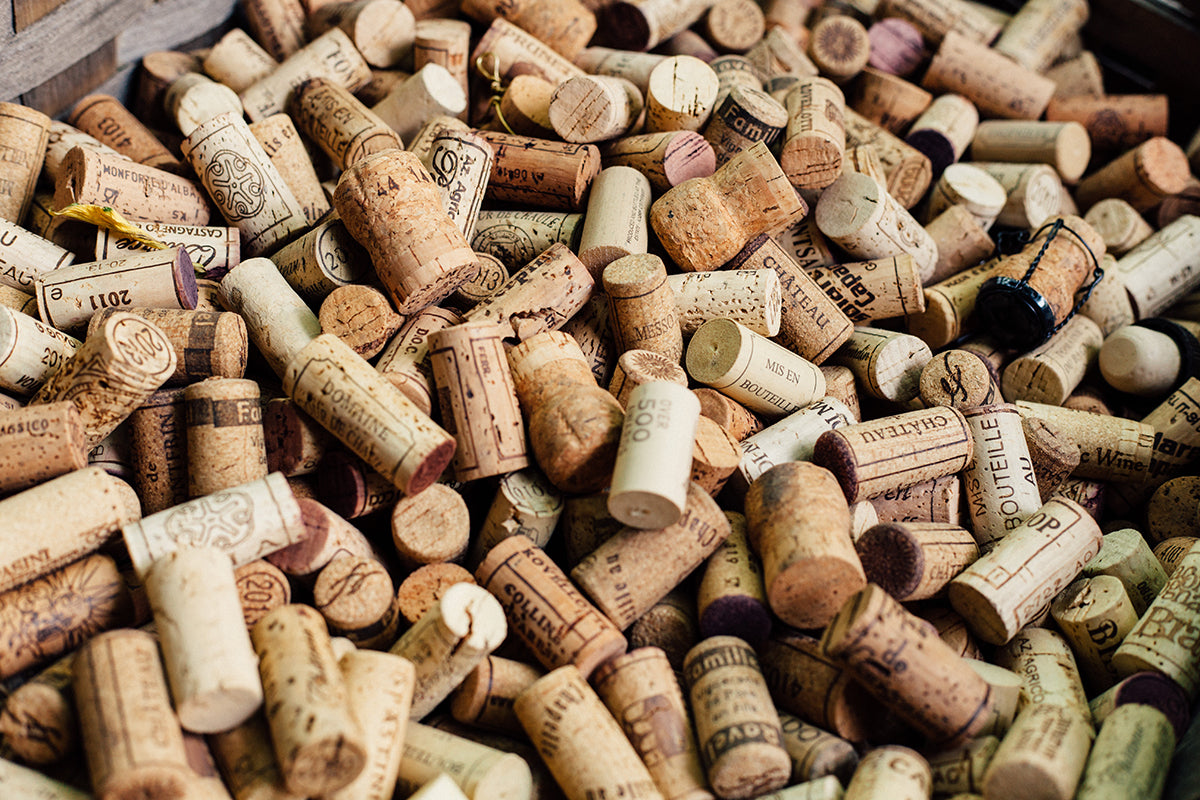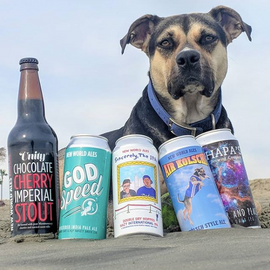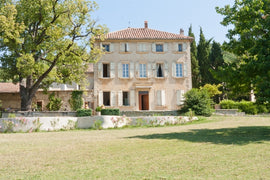This year we are ending our wine trip in Veneto, in the northeastern part of Italy.
This region consists of seven provinces: Verona, Vicenza, Rovigo, Padova, Treviso, Belluno, and Venezia, also the capital. Veneto has Austria on its northern border, Friuli Venezia Giulia at the east, the Adriatic Sea (Gulf of Venice) on the southeast, Emilia Romagna at the south, Lombardia on the west side, and Trentino Alto Adige as its northwestern neighbor.
The economy of this region is one of Italy’s strongest, having its strength in commerce, tourism, and rich financial activities related to real estate and monetary transactions. Veneto is the sixth most visited region in Europe and the first in Italy with more than 60 million tourists annually! Just think of Venezia (Venice), a must for everyone who comes to Italy. Then Verona, the city of Giulietta and Romeo, of great music at the Arena, the Roman theatre and, of course, wine, with Vinitaly, the big Italian wine trade show. Vicenza is a destination whose admirers visit the beautiful villas of Palladio, or the sculptures of Canova in Treviso. Padova has a Giotto masterpiece in Cappella degli Scrovegni, and then works of Tiepolo, Giorgione, Tintoretto, and Tiziano, just to mention the more famous painters who were born here and who left here some of the most significant pieces of their art. As you can see it’s easy to understand why so many people are attracted to this rich part of Italy. Let’s focus on our particular interest, wine!
From this region we have some of the most renowned wines of Italy. Starting with Prosecco, the light sparkling to start the evening, as is or in the spritz, there are Soave, Bardolino, Valpolicella, and Recioto. Then, included among those wines that represent the maximum expression of Italian wine production (Barolo, Barbaresco, and Brunello) is the Veneto’s own expression of this excellence of Italian enology, Amarone!
Veneto, here we come!
Elio Longobardi, Italian Wine Specialist
PlumpJack Wine & Spirits – Noe Valley
This month we are ending the region-by-region notes for the Italian Wine Club. After four years and having visited each region twice, with the exception of Basilicata, we believe that it is time to rethink our ways in presenting Italian wines. We want to keep this club interesting and free ourselves a little more for the exploration of new wines and new stories, of which Italy is still full. So, stay with us, we won’t let you down. Many more bottles are waiting to be discovered.
Speri, Amarone della Valpolicella Classico, Vigneto Monte Sant’Urbano DOCG 2013
The Speri family has been making wine for seven generations. Their cellars are in the small village of Pedemonte, nine miles north of Verona, in the heart of historic Valpolicella. The name Valpolicella comes from the latin words valles polys cellae, the valley of many cellars. Speri uses only estate fruits from their five single vineyards, small parcels that are sited in different areas of the Valpolicella Classico district. Some are in valley floor and some on the hilly sides. All are planted with indigenous red varietals like Corvina, Rodinella, Molinara, Corvinone, Rossanella, Osoleta, Pelara, and Cabrosina. They make four red wines; three are Valpolicella and only one Amarone, the one that we are going to taste now. They also make a Recioto, dessert wine and a grappa.
Amarone Vigneto Monte Sant’Urbano is their cru. This is a place of exceptional beauty where the vines, olive trees, and cherry trees seem to have found their natural position among the winding curves of the hills of the municipality of Fumane. The estate covers 19 hectares and is between 280 and 350 meters above sea level. The soil is volcanic in origin and a mixture of chalk and clay.
This wine is made of 70% Corvina Veronese, 25% Rondinella, and 5% Corvinone cultivated in the Verona pergola system placed on ledges sustained by dry stone walls known as marogne. The vines have an average age of 25 years.
The grapes are left to dry on bamboo racks for 120 days in a special room up in the attic where temperature, ventilation, and humidity are optimal. During this time the grapes lose about 40% of their weight. At this point the grapes are pressed and macerate in stainless tanks for 36 days with periodic pumping over. After this time the juice is separated from the skins and transferred to oak barrels to ferment before moving it to Allier barrels to mature for 24 months and subsequently to Slavonia oak barrels for fining before bottling.
This wine presents an intense ruby color with garnet hues. At the nose it brings notes of sour cherry jam and dark chocolate with hints of coffee, rhubarb, and laurel leaves. On the palate those olfactory sensations are confirmed with a velvety mouth and a long persistent final.
Pair this wine pair with grilled or braised red meat such ossobuco, risotto all’Amarone (see recipe below), aged cheese, or just to sip at the end of your best holiday dinner.
Salute!
Auguri di Buone Feste e Felice Anno Nuovo a tutti voi!
Risotto all’Amarone
This traditional Veronese recipe calls for half a bottle of Amarone. Now, since Amarone is not the cheapest wine, using half a bottle just for cooking can be too much for most of us. I suggest using a bottle of Valpolicella Ripasso, the poor version of Amarone. But it works just fine for cooking and drinking, too. You can save the Amarone to have with the risotto.
Ingredients (serves 4)
- 320 g Vialone Nano rice
- 1 yellow onion
- ½ bottle of Amarone (or Valpolicella Ripasso)
- 40 g butter
- 30 g bone marrow
- 1 L beef stock
- 160 g Grana Padano cheese
- Salt & pepper
Directions:
- Chop the onion finely
- In a heavy bottom pan melt 20 g of butter, add the onion and the beef bone marrow in pieces
- Cook at low heat for five minutes
- Raise the flame to medium heat, add the rice and toast it for a few minutes
- Add half of the wine that you have warmed in a small pan
- Now start to add the warm beef stock one ladle at the time
- Cook for 30 minutes or until is almost done
- Add the rest of the wine and some more beef stock until the rice is finally cooked
- Turn off the flame, add the rest of the butter and the cheese, coating the rice evenly
- Serve warm, with a bottle of Amarone, of course
Salute!
Auguri di Buone Feste e Felice Anno Nuovo a tutti voi!





